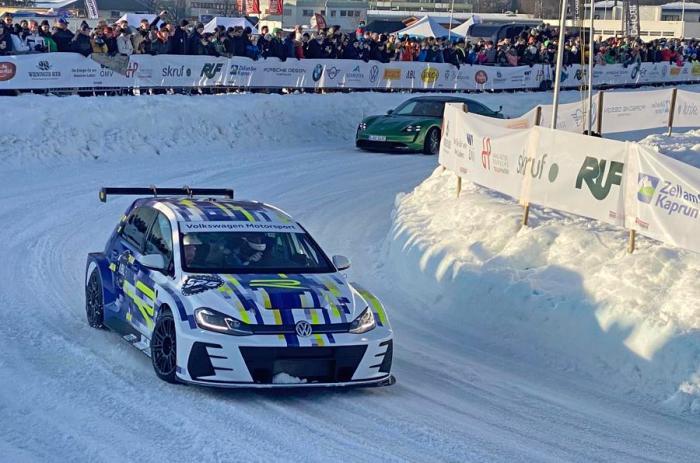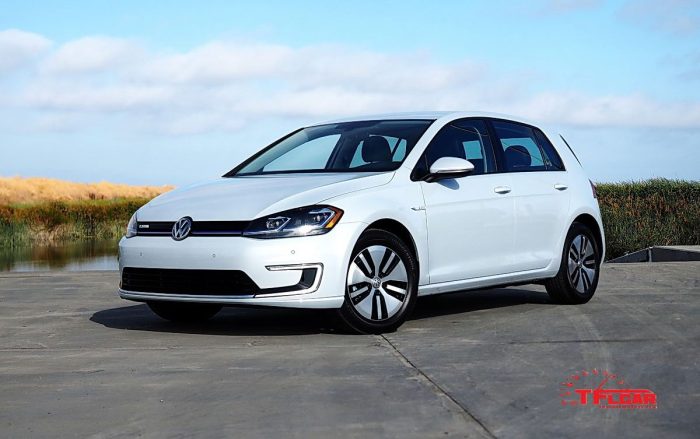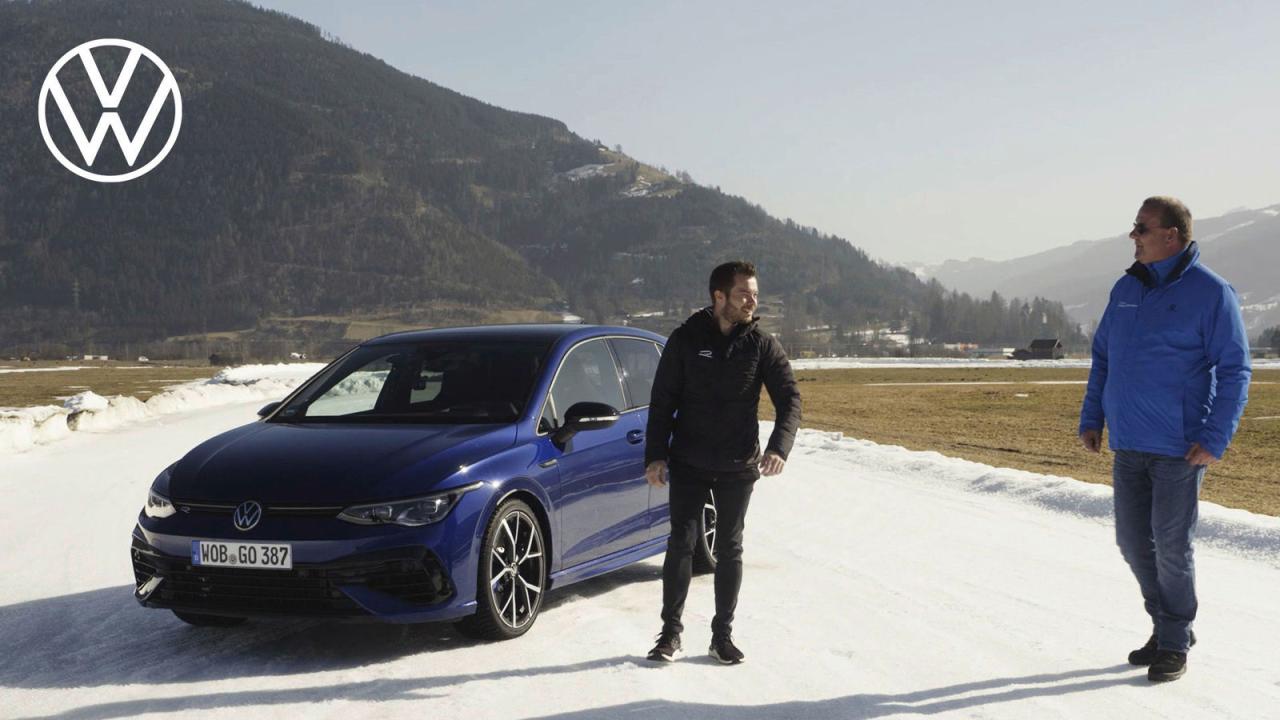The Volkswagen e-Golf, while a pioneering electric vehicle, faces unique challenges in cold weather and winter conditions. Understanding its performance limitations and strengths in such environments is crucial for potential and current owners. This comprehensive guide delves into the specifics of e-Golf’s winter performance, addressing common concerns and offering practical advice.
Range Reduction in Cold Weather: The Biggest Challenge
Perhaps the most significant concern for e-Golf drivers during winter is the substantial reduction in range. Cold temperatures significantly impact battery performance. Several factors contribute to this:
- Battery Chemistry: Lithium-ion batteries, like those in the e-Golf, are sensitive to cold. Low temperatures decrease the battery’s ability to release and accept electrons, reducing its overall capacity and efficiency. This translates directly to a shorter driving range.
- Increased Energy Consumption: Heating the cabin consumes a significant amount of energy, especially in extremely cold climates. The e-Golf’s heater, while efficient, still draws power from the battery, further diminishing the available range.
- Pre-conditioning: While pre-conditioning the cabin (heating or cooling) can be beneficial, it does consume battery power before you even start driving. Careful consideration of pre-conditioning is essential for maximizing range in winter.
- Tire Resistance: Winter tires, while essential for traction, can slightly increase rolling resistance, which in turn slightly reduces range. However, the safety benefits of winter tires far outweigh this minor drawback.
Mitigating Range Loss: Practical Tips
- Pre-heat Strategically: Use pre-conditioning sparingly and only when necessary. Consider using a timer to pre-heat the car while it’s still plugged in, minimizing the drain on the battery.
- Reduce Energy Consumption: Drive smoothly and avoid aggressive acceleration or braking. These actions consume more energy than gentler driving styles.
- Utilize Eco Modes: The e-Golf often features various driving modes. Utilizing eco-modes can help optimize energy consumption and extend range.
- Plan Your Journeys: Carefully plan your routes, taking into account charging stations and potential range limitations in cold weather. Using navigation systems with range prediction capabilities can be particularly helpful.
- Use Winter Tires: Winter tires provide significantly improved traction and safety in snowy or icy conditions. While slightly impacting range, the safety benefits are paramount.
Traction and Handling in Snow and Ice
The e-Golf’s front-wheel-drive configuration, while generally adequate, can present challenges in severe winter conditions. While the instant torque of the electric motor can be advantageous for initial acceleration on slippery surfaces, maintaining control requires caution.
- Winter Tires are Crucial: Winter tires with their specialized tread patterns and rubber compounds are absolutely essential for safe driving in snow and ice. All-season tires are insufficient in truly wintry conditions.
- Smooth Driving Techniques: Avoid sudden acceleration, braking, or steering inputs. Gentle and progressive actions are crucial for maintaining control.
- Hill Starts: Utilize hill-start assist (if equipped) to prevent rolling backward on inclines. In its absence, employ careful throttle control and braking.
- Driving Assistance Systems: Take advantage of available driver-assistance systems such as traction control and electronic stability control. These systems can help maintain stability in slippery conditions.
Charging in Cold Weather
Cold temperatures can also affect charging speeds. While the e-Golf’s battery management system works to optimize charging, lower temperatures can slow down the charging process.

Source: forcegt.com
- Charging Time Increase: Expect slightly longer charging times in cold weather compared to warmer temperatures.
- Battery Pre-heating (if available): Some charging stations offer battery pre-heating functionality. This can help improve charging speeds in freezing conditions.
- Charging Location: If possible, charge your e-Golf in a garage or sheltered location to minimize the impact of cold temperatures on the battery and charging process.
Other Winter Considerations
Beyond range and traction, other factors should be considered:
- Windshield Defrosting: Ensure your windshield wipers and defroster are in good working order. Cold weather can make ice and snow removal more challenging.
- Battery Health: Regularly monitor your battery’s health and charging patterns. Extreme cold can put stress on the battery, potentially impacting its long-term lifespan.
- Regular Maintenance: Schedule regular maintenance checks to ensure all systems are functioning optimally in cold weather conditions.
Frequently Asked Questions (FAQs)
- Q: How much does the range of my e-Golf decrease in winter? A: The range reduction can vary significantly depending on temperature, driving style, and use of heating. Expect a noticeable decrease, potentially up to 50% or more in extreme cold.
- Q: Can I use my e-Golf in snowy conditions? A: Yes, but only with winter tires and careful driving techniques. Avoid driving in severe blizzard conditions.
- Q: How do I maximize my e-Golf’s range in winter? A: Drive smoothly, pre-heat strategically, use eco-modes, and plan your journeys carefully.
- Q: Will cold weather damage my e-Golf’s battery? A: Prolonged exposure to extreme cold can put stress on the battery, but modern battery management systems mitigate this risk. Regular maintenance is still recommended.
- Q: What type of tires should I use in winter? A: Winter tires specifically designed for snow and ice are crucial for safe driving in winter conditions.
Conclusion
The VW e-Golf, while capable, presents unique challenges in winter. Understanding these challenges and employing the strategies Artikeld above can significantly improve its performance and safety in cold weather and snowy conditions. Remember, prioritizing safety and planning ahead are crucial for a positive winter driving experience with your e-Golf.

Source: tflcar.com
References
- Volkswagen Official Website (General information on VW vehicles)
- Edmunds (Car reviews and comparisons)
- Car and Driver (Automotive news and reviews)
Call to Action: Are you ready to prepare your VW e-Golf for winter? Share your experiences and tips in the comments below!
FAQ Explained
Does the VW e-Golf have heated seats and steering wheel?
Yes, many VW e-Golf models offer heated seats and a heated steering wheel, enhancing comfort in cold weather.
How does cold weather affect charging time?
Cold temperatures can slightly increase charging times, as battery chemistry is less efficient at lower temperatures. Pre-conditioning the battery can help mitigate this.
What type of tires are recommended for winter driving?
Winter tires with a dedicated winter tread pattern are strongly recommended for optimal traction and braking in snow and ice.

Source: vw-mms.de
Can I use a regular household outlet to charge the e-Golf in winter?
While possible, charging from a household outlet will be significantly slower, especially in cold weather. A dedicated charging station is recommended for optimal charging speed.
